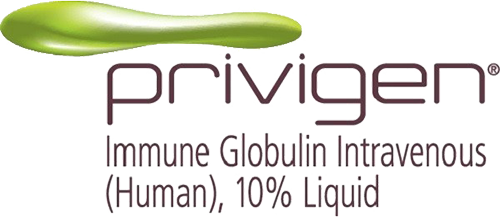
Immune Thrombocytopenic Purpura
Understanding Immune Thrombocytopenic Purpura (ITP)
Immune Thrombocytopenic Purpura (ITP) is an autoimmune disorder in which the immune system mistakenly attacks platelets, leading to a low platelet count (thrombocytopenia). Since platelets are essential for blood clotting, a deficiency increases the risk of bruising, bleeding, and internal hemorrhages. ITP can be classified as:
- Acute ITP: A short-term condition, often seen in children, which typically resolves within six months.
- Chronic ITP: A longer-lasting condition, more common in adults, persisting for more than six months.
Although the cause of ITP is usually unknown, it can be triggered by factors such as infections, other autoimmune diseases (e.g., lupus), certain medications, or vaccinations.
Common Signs and Symptoms of ITP:
- Easy Bruising: Increased tendency to bruise easily, even from minor bumps or injuries.
- Petechiae: Small red or purple spots on the skin, usually found on the arms, legs, or torso.
- Excessive Bleeding: Prolonged bleeding from cuts, gums, or other minor wounds.
- Frequent Nosebleeds: Recurring nosebleeds that are difficult to control.
- Internal Bleeding: In severe cases, bleeding may occur internally, which can be life-threatening.
This information is provided as a resource and is not intended to diagnose a condition or prescribe treatment. Please discuss any symptoms you may exhibit with your physician.
Treatments prescribed by:
Referral Forms
Click on the link below to see all referral forms or select an associated treatment below in Associated Treatments to view detail and download the relative treatment referral form.
All Referral FormsAssociated Treatments
Click on a treatment below to view detail.







